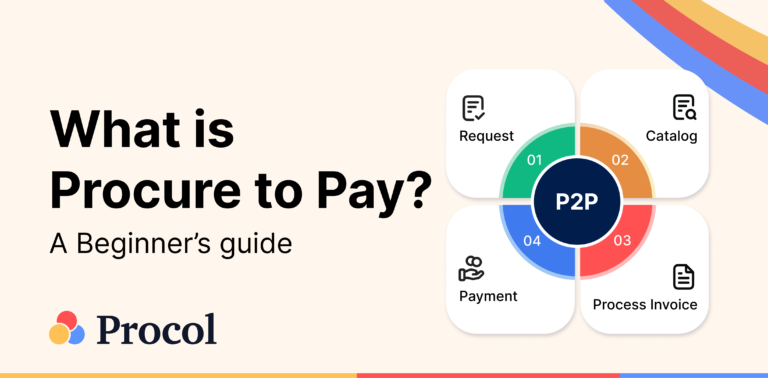Definition
An e-signature or an electronic signature, is similar to wet signatures and enables signatories to accept or concur with the provisions of a document electronically. Using an electronic signature, computers can authenticate a signatory and ensure the document’s integrity. Digital signatures are electronic signatures that verify the signer and the document’s authenticity using complex algorithms, certificate authorities (CAS), and trust service providers (TSPs).
The Difference Between Electronic and Digital Signatures
Although there is a slight distinction between them, digital and electronic signatures are essential to compliance officers, auditors, judges, and regulators. Any signature produced by online services or digitally handwritten on a document submitted electronically is an electronic signature or e-signature. As advanced type of electronic signature, digital signatures keep your records secure and compliant. Conventional e-signature may be adequate for contracts where security and compliance standards are lax.
However, a digital signature is required when working with procedures that must adhere to strict security and compliance standards. To confirm the validity of the signature, all digital signatures incorporate audit trail capabilities, encryption, and other back-end technology. People frequently use them for contracts, tax forms, and insurance applications, among other things. A subtype of electronic signatures called digital signatures has specific characteristics that make them more appropriate for industries like law and healthcare.
Advantages of E-Signatures
The performance of electronic signatures surpasses that of physical ones. They help us by having a minor environmental impact and are rapid, portable, and legally binding. Additionally, they have a technical backup confirming the signature’s legitimacy.
- Quick and practical
Electronic signatures reduce the time needed to approve and sign papers by eliminating waiting times. No actual delivery of the document is necessary to obtain a signature. Instead, after adding your electronic signature to a document, you can move on to the following stage.
Electronic signatures make the process of signing documents simpler. To send and receive signed copies, you don’t need to print, sign, scan, and resubmit them, nor do you need a fax machine at home. Thanks to the portability of electronic signature systems, you may sign documents or ask for signatures using any device you like from almost anywhere in the world. Since many electronic signature solutions won’t let you submit a document unless you complete each signature form, you don’t have to worry about minor errors turning into significant problems.
- Legally Consistent
In the same way, as moist signatures are legally binding, so too can electronic ones. The E-Sign Act, passed by the US in 2000, established the legal definition of an electronic signature and gave them the same legal standing as a wet signature. The Uniform Electronic Transactions Act (UETA), which permits electronic signatures, has also been ratified by almost all states. However, some legal papers, including wills, cannot be signed electronically.














